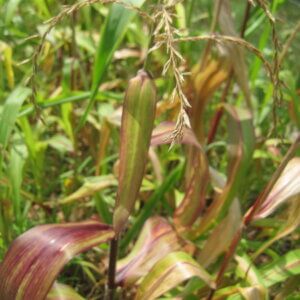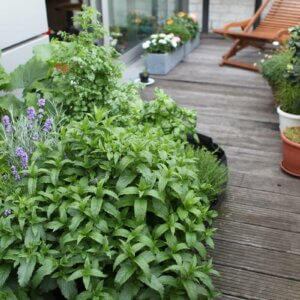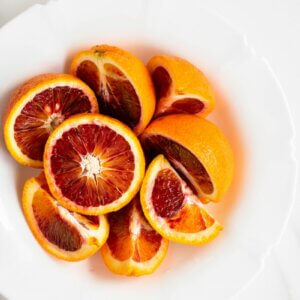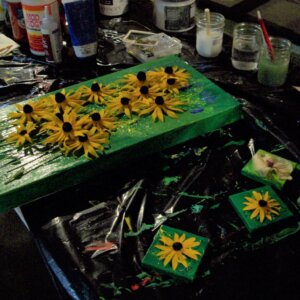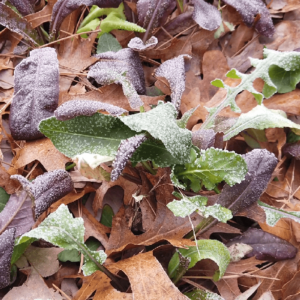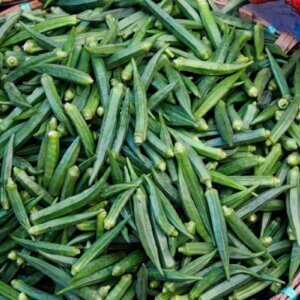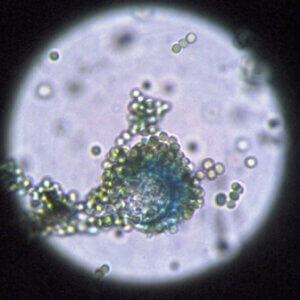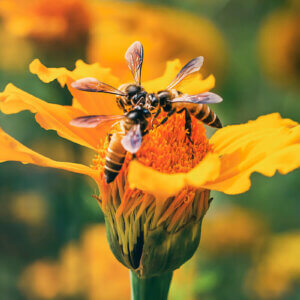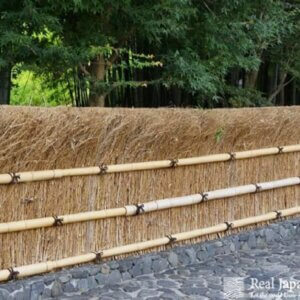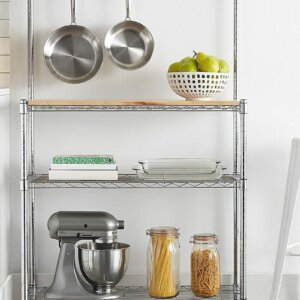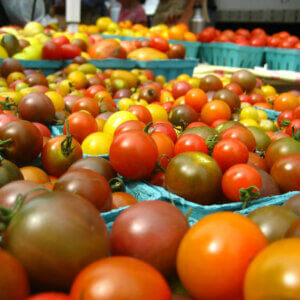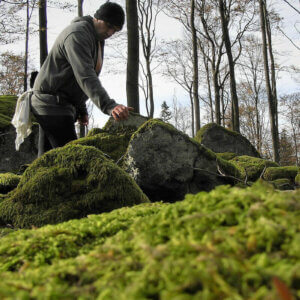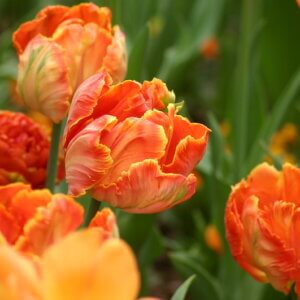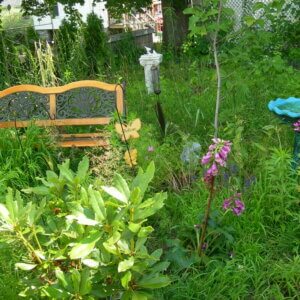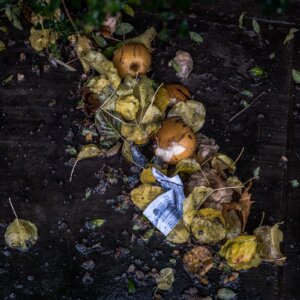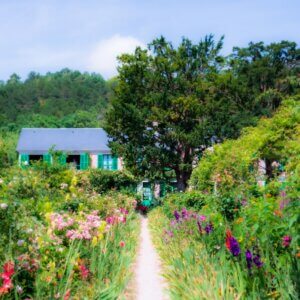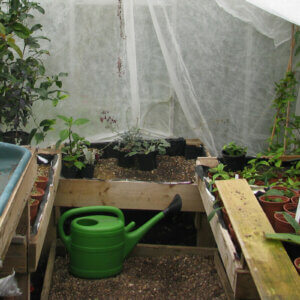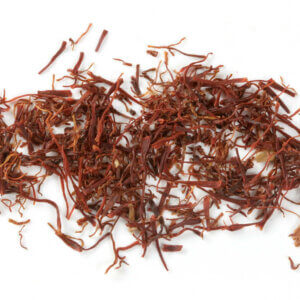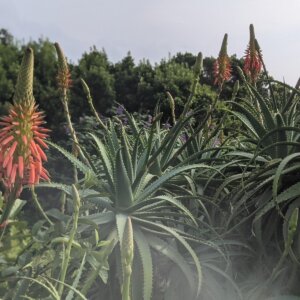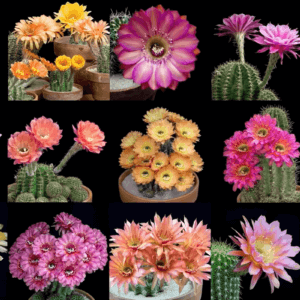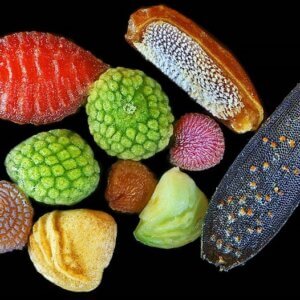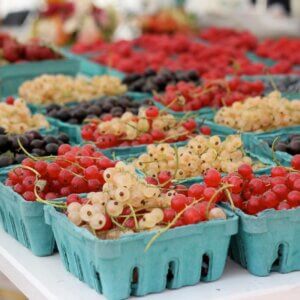Type: Perennial
Region: Native to North America
Used For: Food, medicine, attracting insects, soil replenishment
Dandelions—the weed we love to hate, the wish-maker, the gardener’s curse, the flower in every toddler’s bouquet. Inescapable in every urban landscape, we hardly notice these bright, cheerful blossoms. People regularly wage war against them. However, dandelions are some of the most versatile, nutritious and delicious urban plants.
Spring Dandelions
Dandelions are special because you can eat them at any stage of life until they go to seed. The first thing to eat on a spring dandelion is the very new leaves. Leaves even a few weeks old turn unmanageably bitter, but in their youngest stage, the leaves can be added to salads, stir fries, and made into pesto. As with many bitter greens like radicchio and rocket, cooking dandelion leaves with salt and vinegar reduces the bitterness.
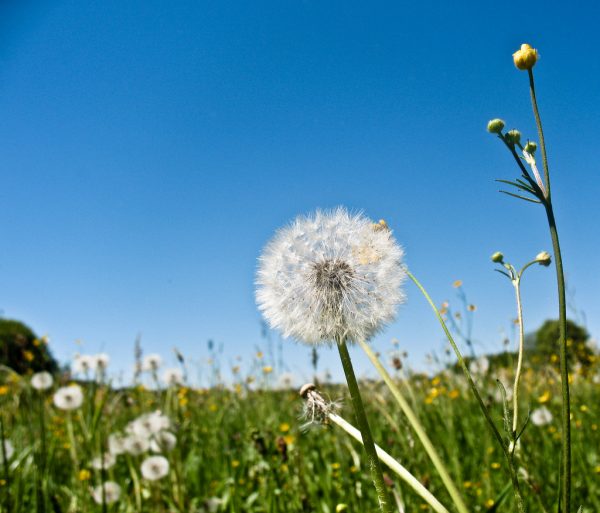
After the new leaves, the dandelion flowers start to bud out. Before the buds fully develop, while they are still tightly closed, they can be harvested and pickled. They make mildly bitter-sweet, small round pickles that can be served alone as a complement to cheese and crackers, thrown in a salad or scramble, or used in place of capers in any recipe.
Flowering Dandelions
Maybe you, like me, forget entirely about dandelions until the yellow blooms explode everywhere. Never fear, once the flowers have opened you’ll have yet more delicious options for cooking dandelions.
For most dandelion flower recipes, your first step is to separate the petals from the sepal – the leafy green ring around the base of the petals. The sepal is bitter, while the petals are actually quite sweet and mild. I have been known to snack on raw dandelion petals while on a walk around town.
Dandelion fritters are the classic recipe for this flower. The petals are mixed into a flour batter, (which you can easily make gluten-free), and deep-fried. What’s not to like?
https://www.instagram.com/p/Bv46lROB0RN/
Over-excitement about fritters, however, can cause you to overlook the many other uses of dandelion petals. Many dishes showcase the delicate and pleasant flavor better than the fried fritters. They are a colorful addition to a salad, a garnish for an early spring asparagus or snap pea dish. My favorite is to serve them on top of vanilla ice cream or custard.
And of course, no section on dandelions would be complete without a mention of dandelion wine. Like any brewing project, it takes practice. Factors like ambient temperature, length of ferment, and local microbes all affect fermentation. You may make batches that are too sweet, too sour, too alcoholic, or just off before perfecting your technique, but well-made dandelion wine tastes like summer all year round.
Dandelions are abundant and versatile. While you will find them growing in any city sidewalk, avoid harvesting near busy roads and other polluted areas. Even if you are harvesting from your front yard be sure to wash what you harvest as a precaution against dog pee and other local contaminants.


